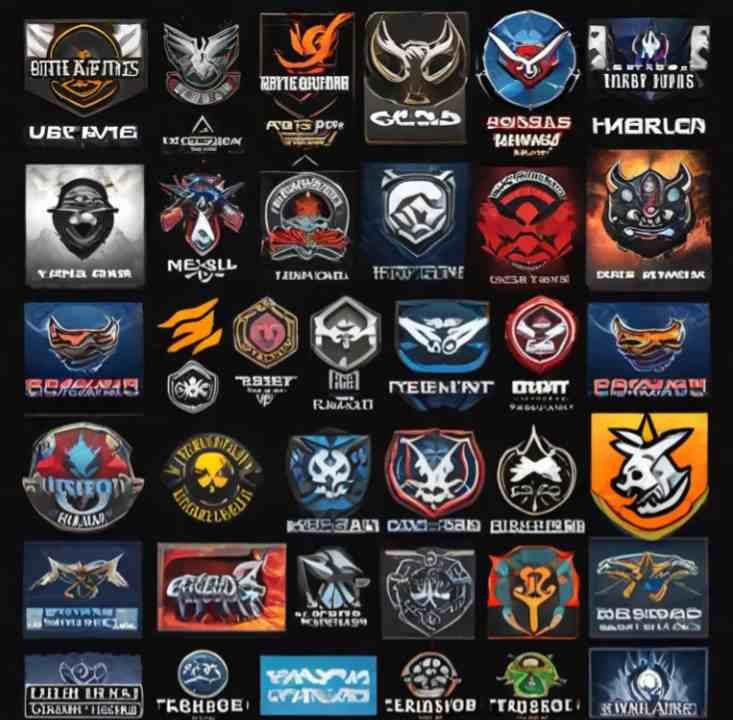Asik Cloud Insights
Your gateway to the latest trends in technology, cloud computing, and digital innovation.
The Dance of Bullets: Syncing Your CSGO Team Like a Well-Oiled Machine
Master team synergy in CSGO! Unlock strategies to sync your squad and dominate the battlefield like never before. Don't miss out!
Mastering Communication: Key Strategies for Syncing Your CSGO Team
Effective communication is essential in any team-based game, but in CSGO, it can make or break your performance. To master communication with your team, start by establishing clear roles and responsibilities at the outset. This clarity helps players understand their unique contributions, paving the way for more efficient gameplay. Consider implementing the following strategies:
- Use voice chat effectively to relay critical information quickly.
- Avoid cluttering communication with unnecessary chatter during crucial moments.
- Practice active listening, ensuring everyone on the team feels heard and valued.
In the heat of battle, concise and direct communication can shift the game's momentum. Implementing sound strategies such as these can greatly enhance team synergy:
1. Use callouts for locations and enemy positions to keep your team informed.
2. Create a shorthand language that your team can understand without confusion.
By focusing on synchronization and clarity, you foster an environment where your team can thrive and adapt seamlessly during matches. Mastering communication in CSGO is not just a skill; it's an art that leads to better teamwork and improved outcomes.

Counter-Strike is a highly popular multiplayer first-person shooter game that has captivated players worldwide since its initial release. One of the recent updates has introduced cs2 bots, enhancing the gameplay experience by allowing players to practice their skills against AI opponents.
5 Essential Roles: How to Build a Cohesive CSGO Team Dynamic
Creating a cohesive CSGO team dynamic is crucial for achieving success in competitive gaming. A well-rounded team should embody five essential roles that complement each other, fostering synergy and improving overall gameplay. These roles include the AWPer, Entry Fragger, Support, In-Game Leader (IGL), and lurker. Each member should understand their responsibilities within the team structure to enhance communication and strategy. Without this clear definition of roles, players may find themselves stepping on each other’s toes, ultimately leading to a disjointed performance during matches.
To build this effective team structure, begin by defining the strengths and weaknesses of each player. Encourage open discussions to establish an agreed-upon game plan that utilizes everyone's skills effectively. For instance, the Entry Fragger can initiate engagements, while the Awer provides long-range cover. The Support player adapts to assist as required, enabling the IGL to dictate strategy and make pivotal decisions. Meanwhile, the lurker can exploit enemy weaknesses. By reinforcing these roles, the team can develop a coherent strategy that minimizes chaos and maximizes their chance of victory.
Are You and Your Teammates on the Same Page? Tips for Effective In-Game Coordination
Effective in-game coordination is crucial for achieving success in team-based activities, be it in sports, video games, or any other collaborative endeavor. To ensure that you and your teammates are on the same page, start with clear communication. Make use of tools like voice chat, text messages, or even non-verbal cues to convey strategies and intentions quickly. Regularly check in with your team to discuss objectives and positions, and don't hesitate to share feedback. Remember, consistent communication fosters trust and enhances teamwork.
Another key aspect of in-game coordination is understanding and leveraging each team member's strengths. Take the time to identify the unique skills each player brings to the table and assign roles accordingly. For instance, if someone excels at defense, ensure they know their responsibilities in crucial game situations. To facilitate this, consider creating an in-game strategy guide that outlines each member's roles and duties. This not only streamlines coordination but also boosts team morale as players feel valued for their individual contributions.